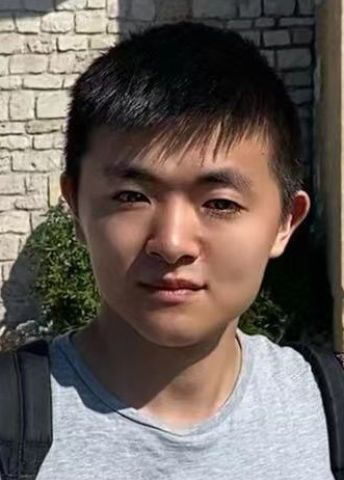
Program for mathematics 2022
Grant to a post-doctoral position abroad
Mingchen Xia
Chalmers University of Technology
Postdoc at the École Polytechnique, Palaiseau, France.
Grant to a post-doctoral position abroad
Mingchen Xia
Chalmers University of Technology
Postdoc at the École Polytechnique, Palaiseau, France.
The shape of the universe
Mingchen Xia will receive his doctoral degree in mathematics from Chalmers University of Technology in 2022. Thanks to a grant from the Knut and Alice Wallenberg Foundation, he will hold a postdoctoral position with Professor Sébastien Boucksom at the École Polytechnique, Palaiseau, France.
Time and space shape our universe. The theory of how they are connected was developed in the eighteenth century by Isaac Newton. However, in his Principia Matematica, time and three-dimensional space are independent. They were first linked in a shared spacetime almost 200 years later, when James Clerk Maxwell realised that the speed of light in a vacuum was constant, regardless of who measured it. This was only possible if space and time were regarded as a unity – a spacetime.
Spacetime received its precise mathematical description in Albert Einstein’s masterpiece – the general theory of relativity, which was published just over a century ago. The theory describes the shape of the universe as a four-dimensional surface. Its shape is determined by the matter content of space – the more matter, the more curved the surface. But what is the shape of the universe if all matter is removed, how can a vacuum be described? If there is nothing at all, is the universe then entirely flat? The answer was astounding – it turns out that the theory of relativity actually permits many non-flat vacua.
In the theory of relativity, the exact relationship between matter and the shape of the cosmos is given a set of differential equations, Einstein’s field equations. These are notoriously difficult to solve and several different approaches have been developed over the past century to obtain direct solutions for spacetime. One of the most recent is pluripotential theory, an area within complex mathematical analysis. The plan is to use these methods to help explore the intricate geometry of the vacuum.